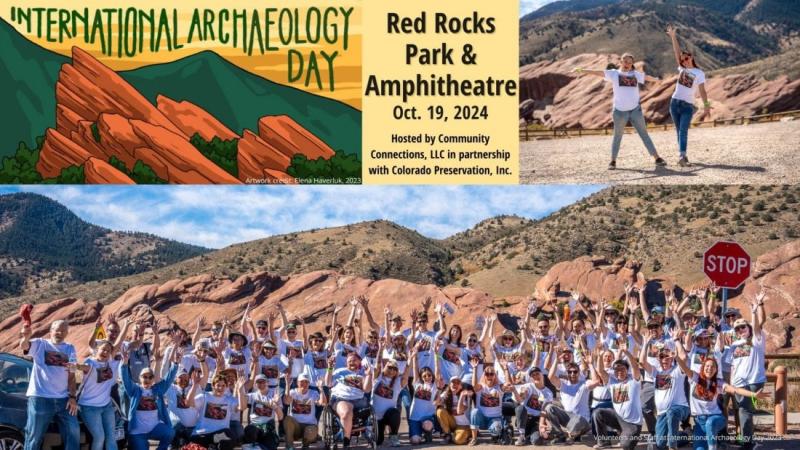Graduate Community of Practice: Community and Archaeology
By: Cyndal Groskopf

Being in the world of Archaeology, frequently research will incorporate past peoples and events that are no longer experienced in today’s world. Often this creates an ‘us versus them’ mentality, in the sense of separating those in the past from us currently. Both graduate school and specifically the Community Engagement Graduate Community of Practice group, helped to reiterate for me was the fact that the past still lives in people today, no matter how far back it seems overall. Experiences both good and bad can be felt for generations, and become the way that people identify and unify themselves. These need to be recognized in terms of research, especially when we are educating people of the lived experiences of others. When I started my thesis research at DU, I was looking into an industrial school in Golden that housed criminalized minors in the early 20th century. I knew that the work would be very mentally exhausting some days, but through the CCESL meetings every few weeks, a reminder to understand the people at this location became one of my focal points.
I remember in a few of our meetings, that the concept of past trauma and working within those current communities came up. One of the inspiring aspects of this group was that most of us came from different departments, different career paths, and different backgrounds, which overall made these conversations more impactful to the topic that we had on hand. The ways in which each person was able to talk openly about their own research, made the small group feel more like a community rather than a stark reminder of our place in academia. This is not to say that we didn’t have conversations revolving around how to perform our roles in research studies, but the level of support that was shown as a group of graduate level peers was a completely new experience.
I remember that a few of our meetings were directly tied into students’ research. We were able to dive into their methods and talk about why something works or doesn’t work. Other presenters were able to bring forth valuable information for anyone at the graduate level, such as grant funding or topics on IRB approval. Regardless of the topic of the day, I know that every time we would meet up, I walked away with a new perspective or appreciation for community engagement.
Moving forward in my career, I know that I want to focus on how to incorporate more community involvement in archaeology as a study, and the CCESL Community of Practice group was able to provide me with the foundation to learn more. Community involvement in archaeology is a fairly new collaboration, one in which I believe the future of the study is headed. History is never too far away from the present, and accurate representation can help current people connect back to their own stories. I would highly recommend graduate level researchers to join the Community of Practice, regardless of whatever department they are within, as the information and connections that are made through this group benefits those involved.